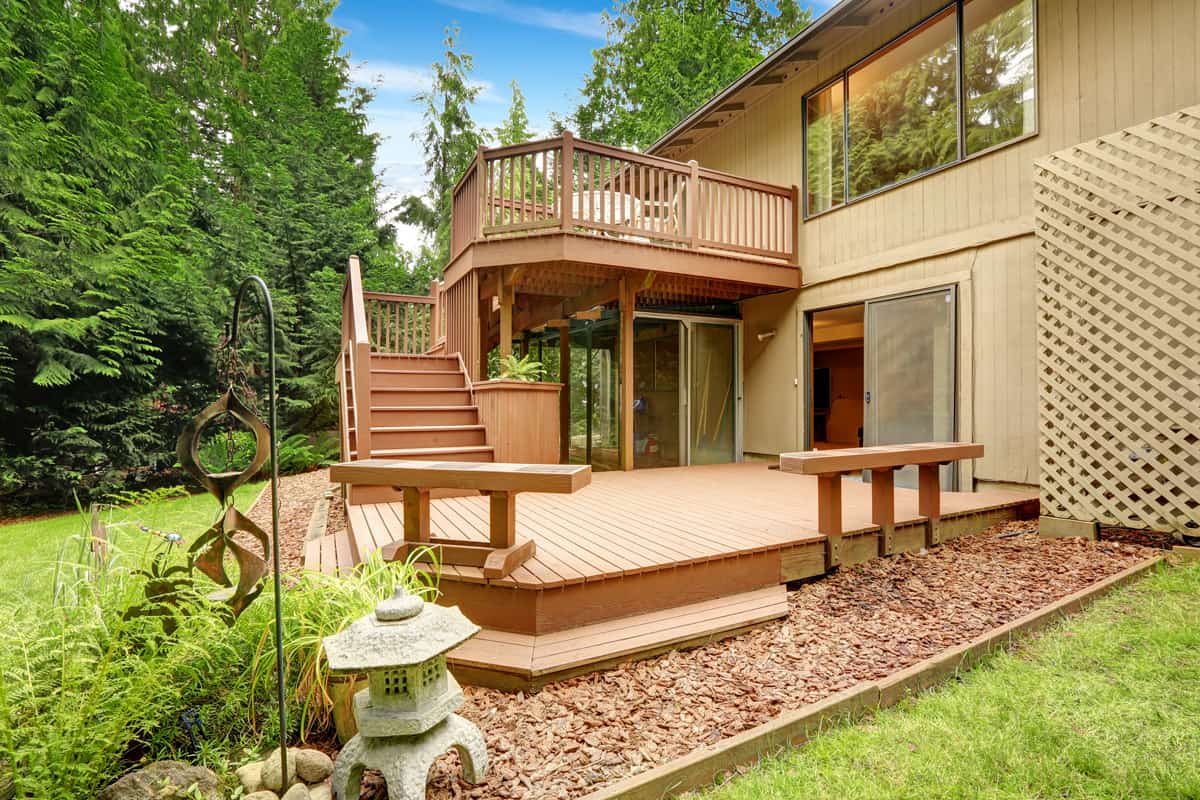If you've got a leaky deck, it can be frustrating to feel like you're constantly mopping up water. But don't worry—we're here to help! We researched the best solution, and here's what experts are saying.
When you have water where the deck meets the house, the best solution is to install a wrap and flashing to divert the water away from the crevice. If your deck already has this but is still leaking, you need to inspect for holes, cracks, or possible wood rotting.
Water leaks are not only a nuisance, but they can be costly as well. These leaks are hard to detect because they typically occur behind walls and under insulation, and they can lead to serious problems if left unchecked. Luckily, there are some simple things you can do to resolve the issue. Read on below.
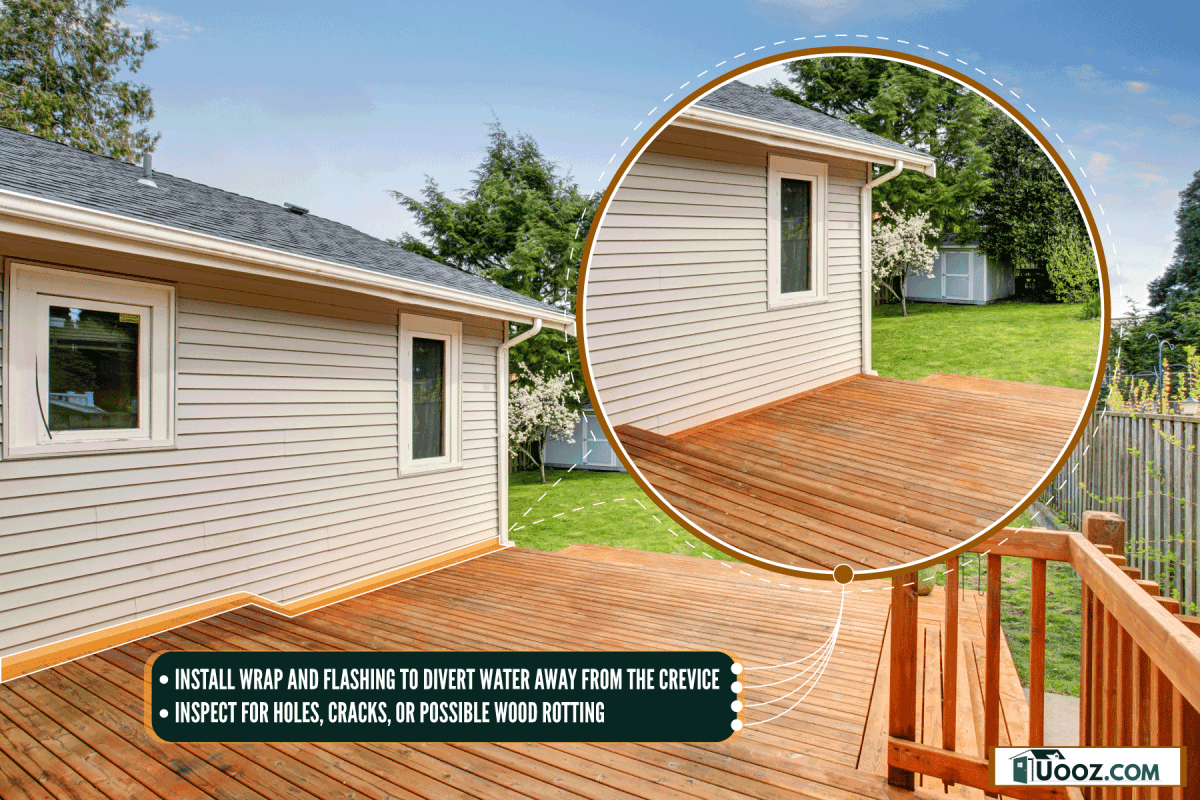
How To Find The Cause Of Deck Leakage
It's not unusual for a deck to get wet because it is exposed to different weather conditions. However, when water from the deck starts getting inside the house, it could cause a lot of stressful and expensive complications.
This is usually a problem for those with multi-tier decks or rooftop decks. Water leaks can run down the walls, doors, or windows underneath the structure on the lower floor.
Flashing
In many cases, the most likely culprit is a missing or broken flashing. There should be metal pieces that slope and covers the gap between the wall and deck floor to direct water away from the house. See the picture below.
Wood Rot
Another common cause is wood rot caused by water damage. This can happen when rainwater pools up between the deck and house, causing rot in the wood framing underneath it.
If not addressed quickly, this can lead to more serious issues such as termites eating away at your home's foundation or even worse—the entire house collapsing under its own weight.
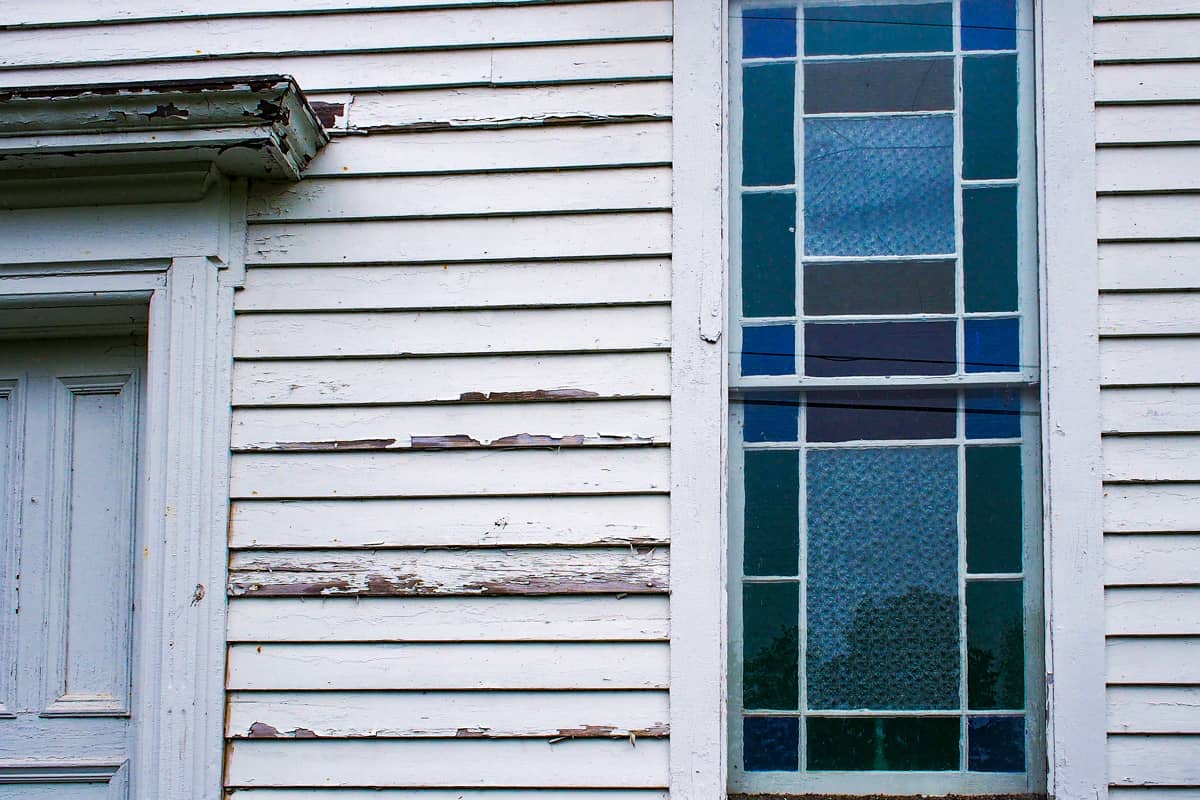
If you confirm wood rot, you can replace the rotten part with treated wood, then clean and waterproof the rest of the deck to extend the life of the remaining parts.
Leaky Joints
First, you need to make sure that the leak isn't coming from any of the nails or screws that hold your deck together. You can check for this by looking for cracks or gaps in the wood. If there are no cracks or gaps, then you may have a leaky joint between two pieces of wood.
To fix this type of leak, you'll need to remove the piece of wood that's causing the problem and apply some waterproof sealant around the joint before putting the piece back into place. This will prevent water from getting into your home through a gap or crack in your deck.
How Do I Stop My Deck From Leaking?
To stop your deck from leaking, here's what you can do:
- Have a house wrap (see picture below) and metal flashing installed in the area where the deck meets the house.
- If your deck already has this installed, check for rotting wood, cracks, or holes in the flashing.
- Check the nails on your deck. If they have come loose, replace them with new nails.
- If you have a second-floor deck, consider having an underdeck system installed. More about deck systems will be discussed below.
Check out this Deck Wrap Powerband on Amazon.
If you are currently having trouble determining where the source of the deck leak is coming from, it is necessary to immediately protect your home and prevent water from coming in.
Here are a few simple steps you can take to stop water from leaking inside the house:
- Check the caulking around your window frames, and make sure it is not cracked or damaged. If it needs replacement, do so as soon as possible.
- Check for holes or cracks in your siding and repair them if necessary. This will prevent rainwater from getting into your home through these openings.
What Is A Deck System?
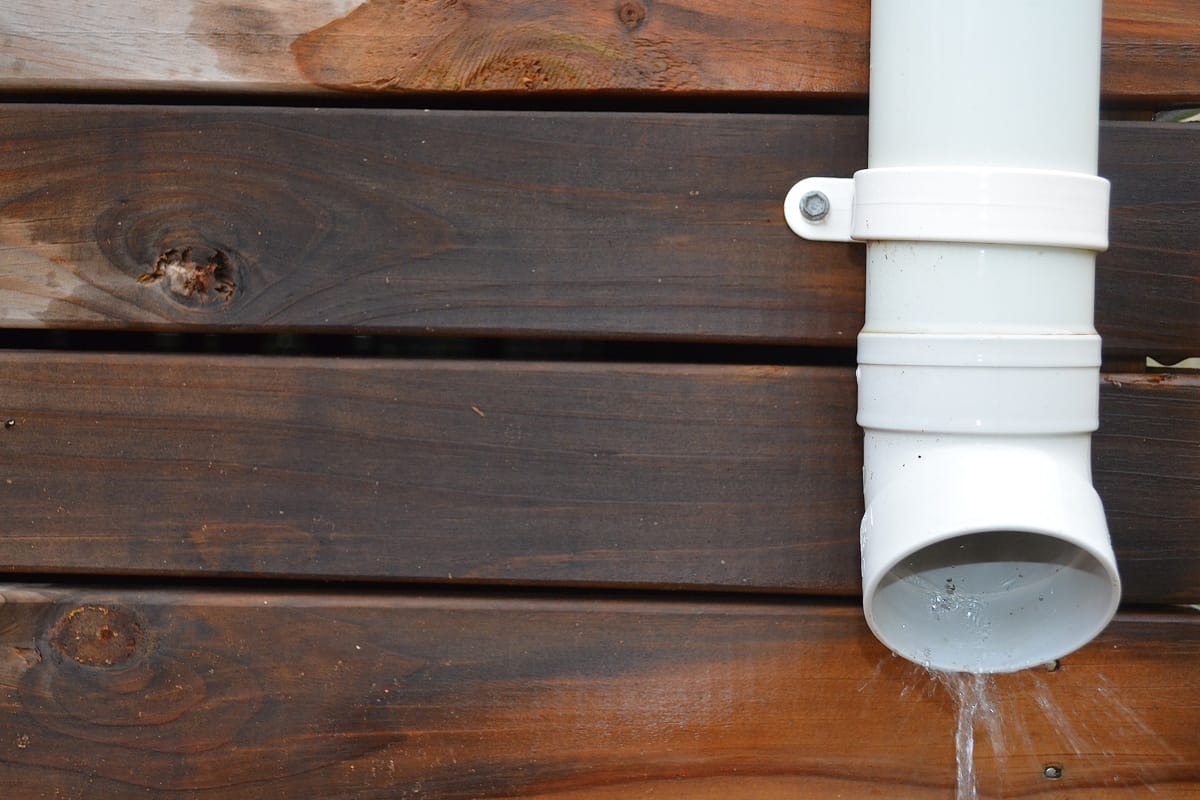
A deck system also called an underdeck drainage system, is a channel that carries away water. This channel can be made of PVC, metal, or another material that is durable and easy to install.
The underdeck drainage system allows for rainwater to run through the channel, where it is collected in one place so that it can be drained away from your home. It can be installed in a variety of ways, but it is most commonly attached to the underside of your deck and allows water to drain from underneath it.
There are many benefits to having an underdeck system:
- It helps prevent flooding in your yard, leaks in your home, and moisture level down on your deck surface so that it doesn't rot out over time.
- It prevents mold and mildew from forming on the surface of your deck.
- It protects the structural integrity of your deck by preventing rot or decay in the wood.
- It's an easy way to keep your deck clean and looking great all year long.
- Gives comfort and safety when walking on the deck (less chances of accidents such as slippage).
They're an excellent choice for people who live in areas with heavy rainfall or frequent thunderstorms. They can help prevent flooding in the home by keeping excess water from flowing into the house's foundation and basement.
They're also great for keeping puddles from forming on your concrete patio or deck when it rains. This keeps your furniture and other belongings safe from damage and makes it possible to enjoy your outdoor space even when it's raining.
How Do I Waterproof My Existing Deck?
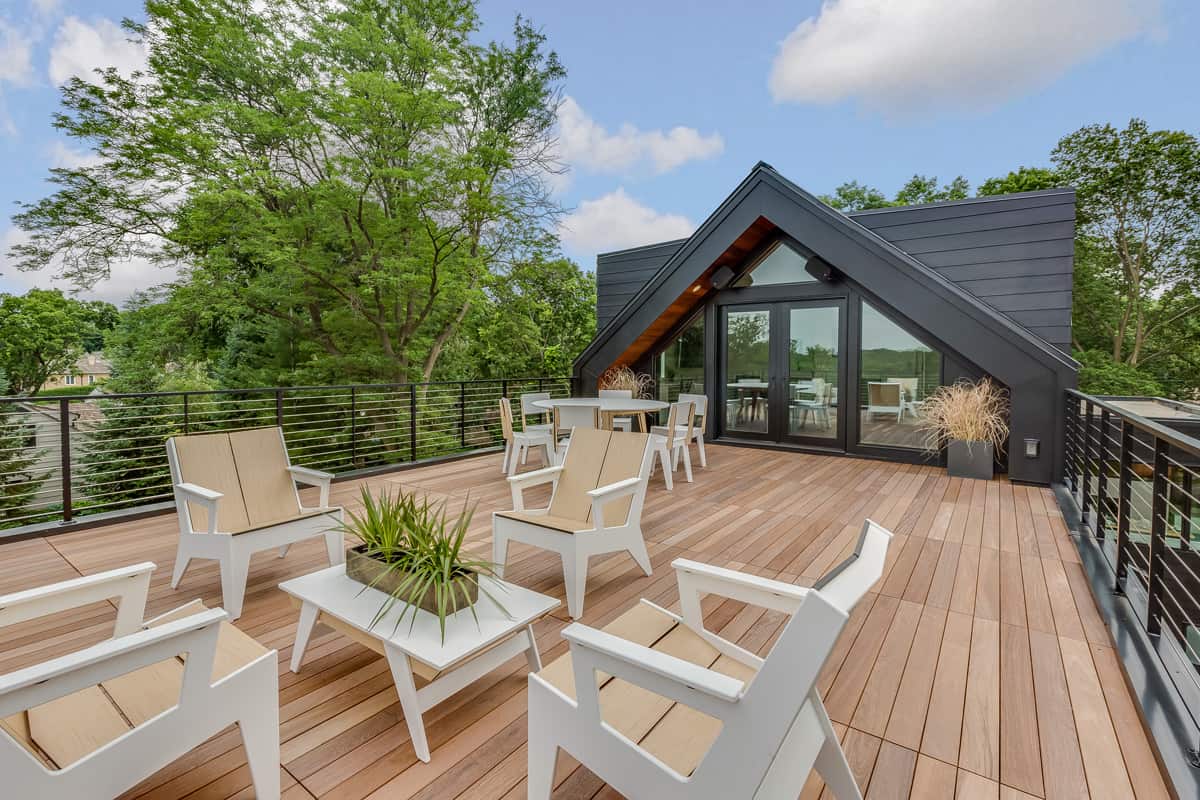
Decks can be exposed to moisture and dirt, causing them to rot and deteriorate. Replacing your deck boards can be costly. It would be more prudent to do yearly maintenance and use products to waterproof it.
Waterproofing your existing deck will help keep it looking nice and protect it from rot and decay. If you have an older deck that has started to rot or decay, it's important to waterproof it before it gets worse.
Waterproofing your deck can be a great way to extend the life of your deck as well as make it more pleasant to use. Here's how:
- Clean the deck thoroughly. Take all of the furniture off the deck and remove any leaves, twigs, or other debris from the surface of the deck. Apply a wood cleaner then use a pressure washer to clean off all dirt and grime from between the boards.
- Apply a water sealant to protect against moisture damage. Use an oil-based or synthetic sealant that will protect against water damage for at least two years. You can choose to stain over this sealant for even deeper protection against water damage.
If the wood on your deck seems to be damaged beyond cleaning and repair, the only option is to replace your deck entirely with new lumber that has been treated with preservative chemicals. It will resist moisture damage better than untreated wood does.
Can My Homeowners Insurance Cover Deck Leaks?
Yes, it can, but this all depends on your insurance policy. If a leak or other damage to your deck is covered by your homeowners insurance policy, it doesn't matter whether it's caused by a storm or a maintenance issue because the damage will be covered.
However, there are some things you need to know about how this works. First, any coverage from your homeowners insurance policy is conditional. You will have to show that there was no negligence on your part in causing the damage.
Second, if you don't have enough coverage to cover all of the repairs, you may need to pay out of pocket for some of them.
To file a successful claim, make sure all of your paperwork is in order. Most claims require some kind of documentation from an expert who can verify that the damage was caused by something other than normal wear and tear.
Wrapping Up
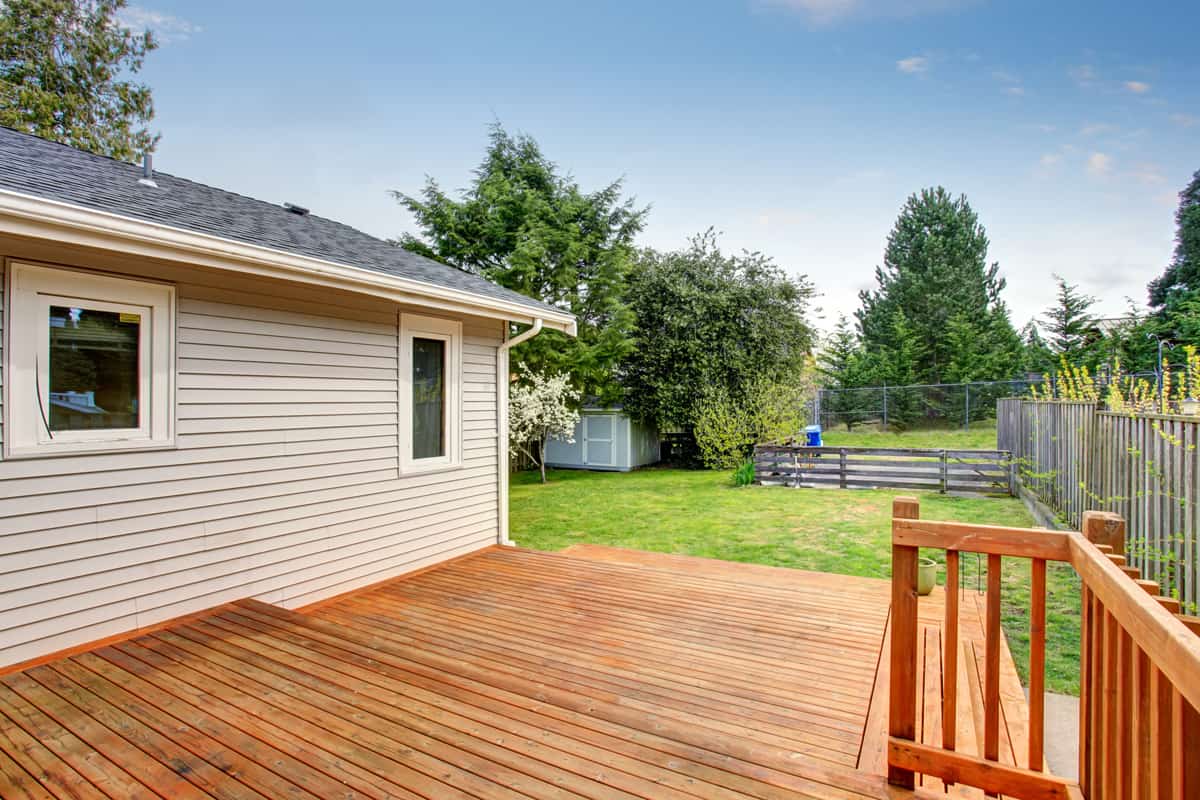
Sometimes, finding the source of the leakage isn't that simple, especially if it's an old deck with previous caulking and insulation done to it. If the problem becomes too complicated, don't hesitate to call a professional.
Thank you for reading through, and we hope you were able to resolve the leak on your deck. For more information on decks and resolving leaks in the house, check out these helpful articles below:
Roof Leaking Where Porch Meets House – What To Do?
Why Is My Basement Ceiling Leaking? [And What To Do About It!]

